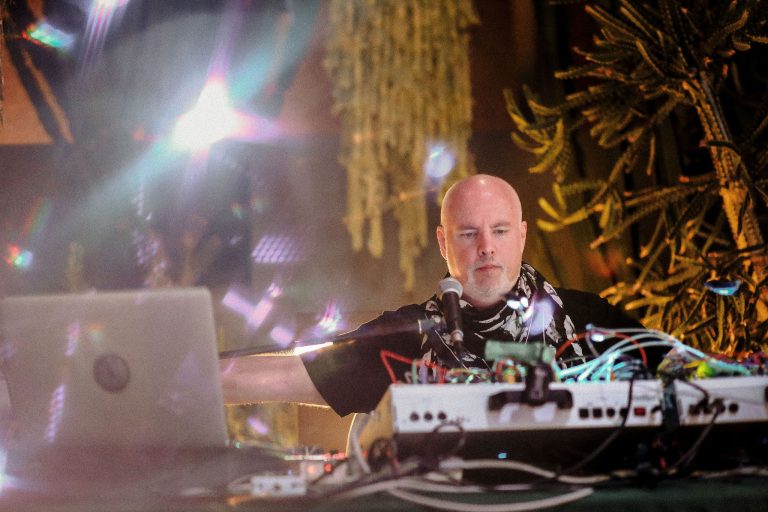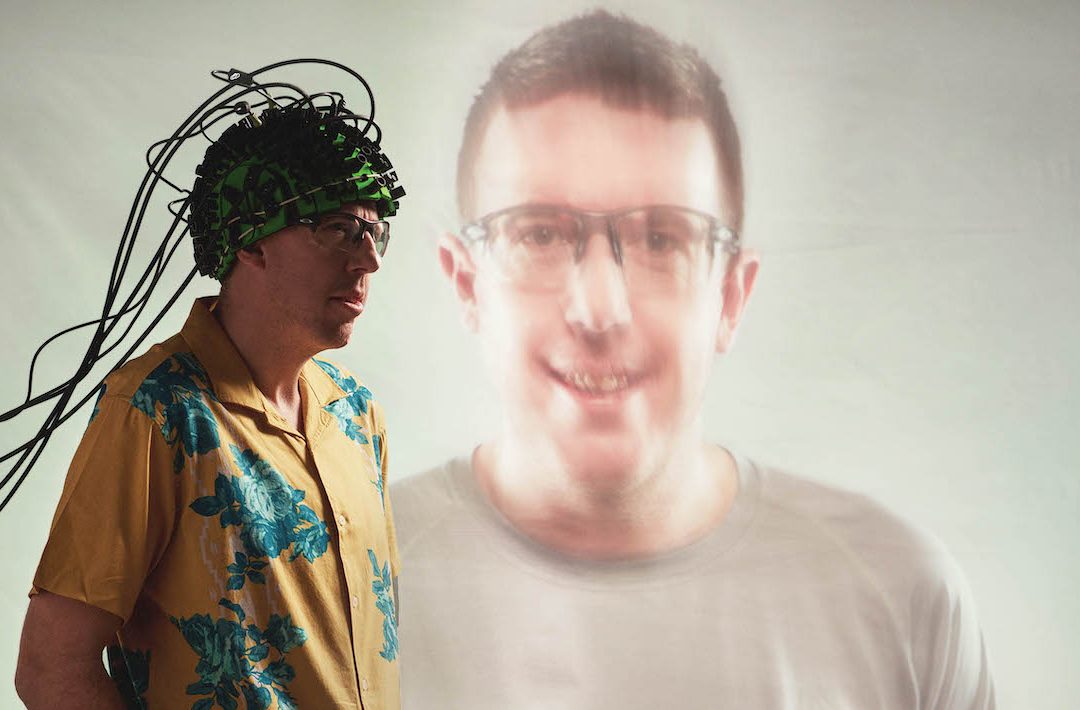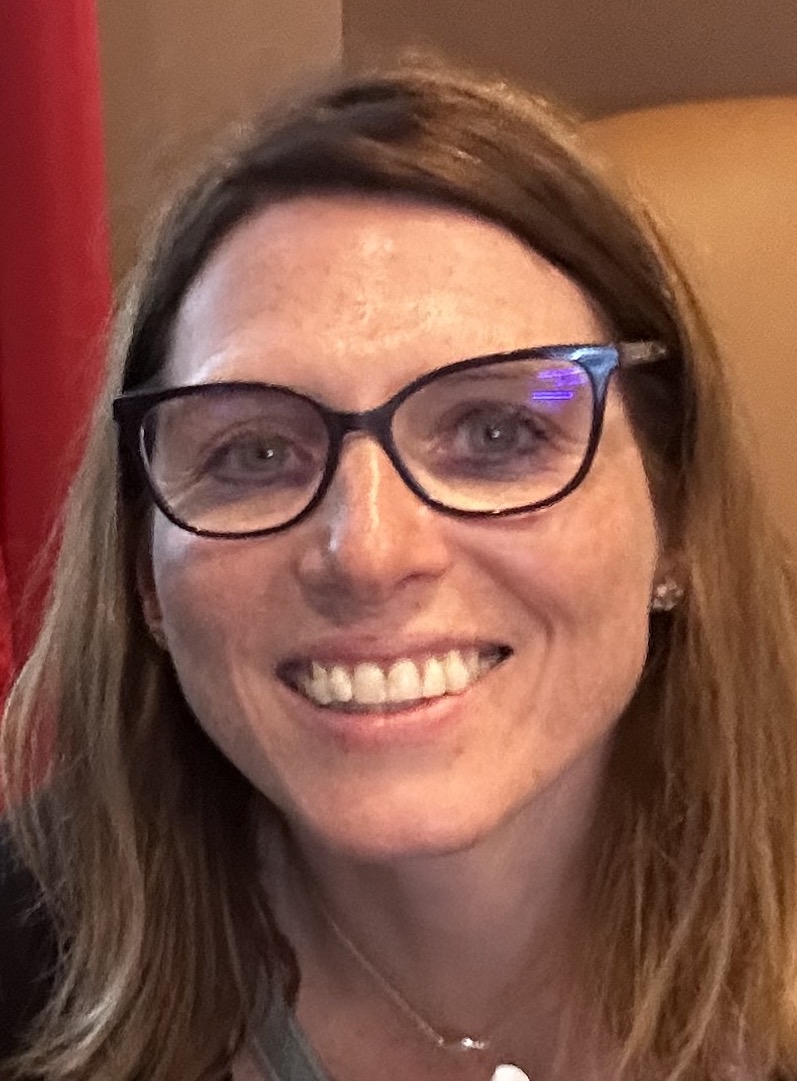The Art & Science of Brain Rhythms
The Art and Science of Brain Rhythms brings together artists and neuroscientists to explore the fascinating intersection of sound, science, and brain rhythms, highlighting how they shape perception, memory, and health. Artist Gary James Joynes presents SONIC SUNS, an immersive audiovisual experience that examines the influence of rhythms on the brain and creative processes. Dr. Clayton Dickson delves into the role of brain rhythms during sleep in memory formation. Dr. Kyle Mathewson discusses brain rhythms in everyday activities like gaming and cycling, while Dr. Janette Mailo reveals their critical role in diagnosing and treating neurological conditions in children. Together, these talks illuminate the profound impact of rhythms across art, cognition, and medicine.

Sonic Suns and the Intersection of Sound Art & Science
Through the convergence of analog and digital technologies, artist Gary James Joynes crafts intricate audiovisual compositions that push the boundaries of perception and sensory experience. In this talk, the audience will be able to experience SONIC SUNS, an immersive visual-sound presentation that invites reflection on the influence of rhythms on the brain and mind. Joynes will also share his thoughts on how rhythms influence life and art.
Biography: Gary James Joynes, also known as Clinker, is an award-winning visual and sound artist based in Edmonton, Canada. He blends the beauty and physicality of sound’s auditory and visual elements in rigorous and emotional installation works, and in Live Cinema AV performances. Joynes’ innovative and thought-provoking works have earned international recognition, with exhibitions and performances held at art galleries and festivals worldwide. His artistic practice invites audiences to experience the profound beauty of the unseen and to encourage a slowed and attentive state in viewers – to have them interrupt busy-ness for prolonged moments of being-ness.

Brain Rhythms for Memory
One of the major questions driving research in the Brain Rhythms Lab, directed by Dr. Clayton Dickson, has to do with offline states: Why is it that the brain is continuously active, even when it is not in use? In this talk, Dr. Dickson will review what we know about what the brain is doing during sleep, and why we think that brain rhythms during sleep are a core feature of how we make memories. Dr. Dickson will also discuss features and distinctions between natural sleep and pharmacologically-induced unconsciousness (i.e. anesthesia).
Biography: Clay Dickson graduated his honours degree in Physiology and Psychology from the University of Western Ontario in 1989. He travelled back to his Albertan hometown to complete his PhD in Behavioural Neuroscience at the University of Calgary in 1995. From there he did post-doctoral studies in neurophysiology at the Montreal Neurological Institute and then the National Neurological Institute in Milan. In 2001 he was hired at the University of Alberta where he opened the Brain Rhythms Lab. As a rhythmist (i.e., drummer) himself, Clay has always been interested in how oscillatory and coordinated neural activity might serve brain function.

Personalized Brain Tracking in the Near Future
Dr. Kyle Mathewson is an expert in monitoring brain rhythms in people to better understand how we see the world. He will discuss what we know about how brain rhythms apply to everyday activities like cycling and gaming.
Biography: Kyle Mathewson is an Associate Professor of Psychology at the University of Alberta, where he directs the Attention Perception and Performance Lab (APPLAB). His research combines behavioral studies, neuroimaging, and electrophysiology to understand visual attention, particularly in real-world applications like cycling and gaming. Published in leading journals including Science and Nature, his work on non-invasive brain monitoring technologies has earned him the Early Career Award from the Society for Psychophysiological Research. He also develops open-source educational tools for portable neuroimaging (eegedu.com) and consults for technology startups.

Brain Rhythms in Diagnosis and Treatment of Disease
Janette Mailo is a pediatric neurologist at the University of Alberta. In this talk, she will discuss how she uses brain rhythms to diagnose and assess brain diseases in the smallest of patients.
Biography: Janette Mailo is a pediatric neurologist at the Stollery Children’s Hospital in Edmonton Alberta. She completed undergraduate and graduate studies at Charles University in Prague followed by medical training at the University of Alberta, which she completedin 2010. After completing a pediatric neurology residency in 2016, she spent thenext 2 years in London, Ontario,pursuing further training in EEG reading and neonatal neurology. Her research and clinical interests are in neonatal and pediatric neurocritical care and EEG monitoring in critically ill neonates and children.
